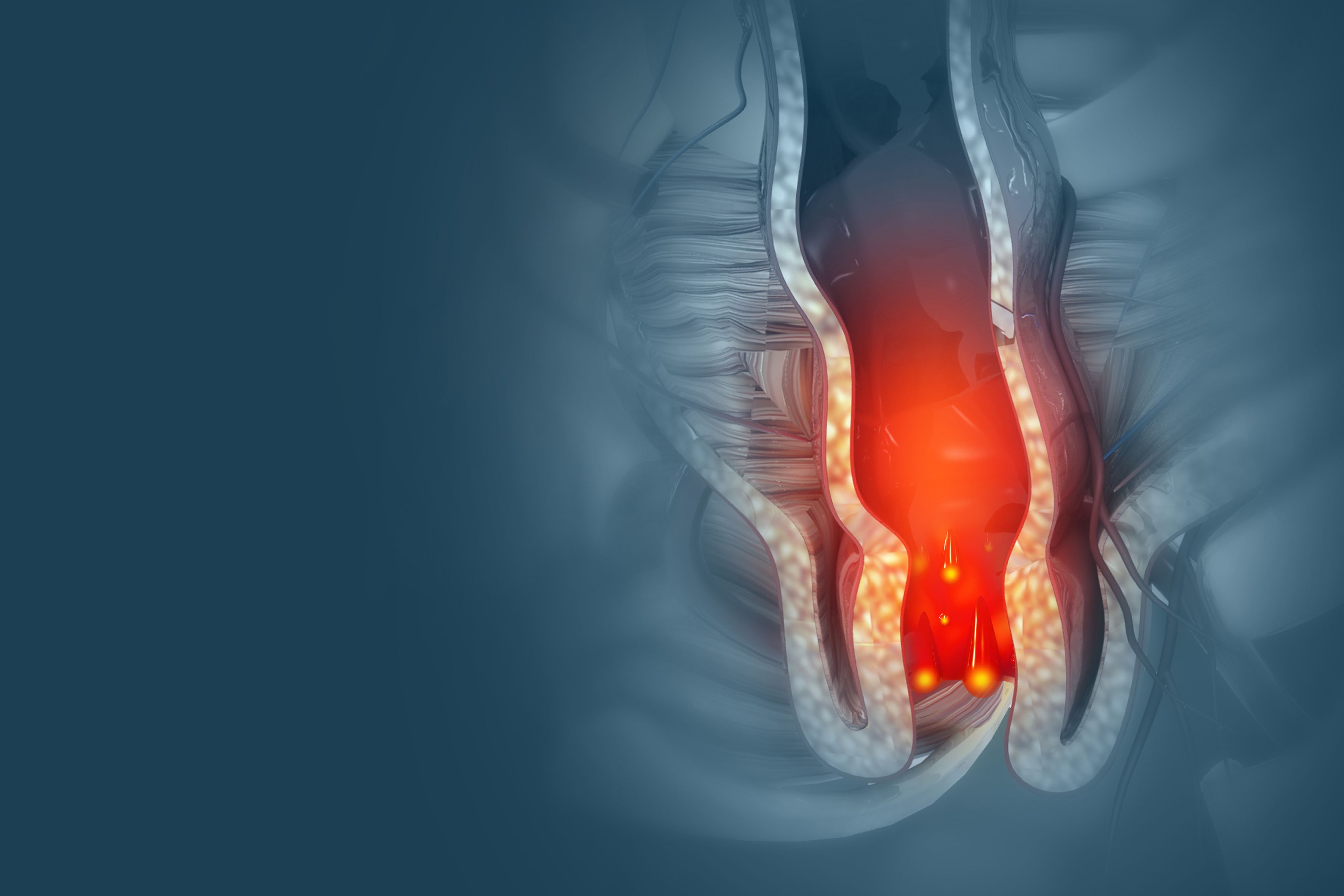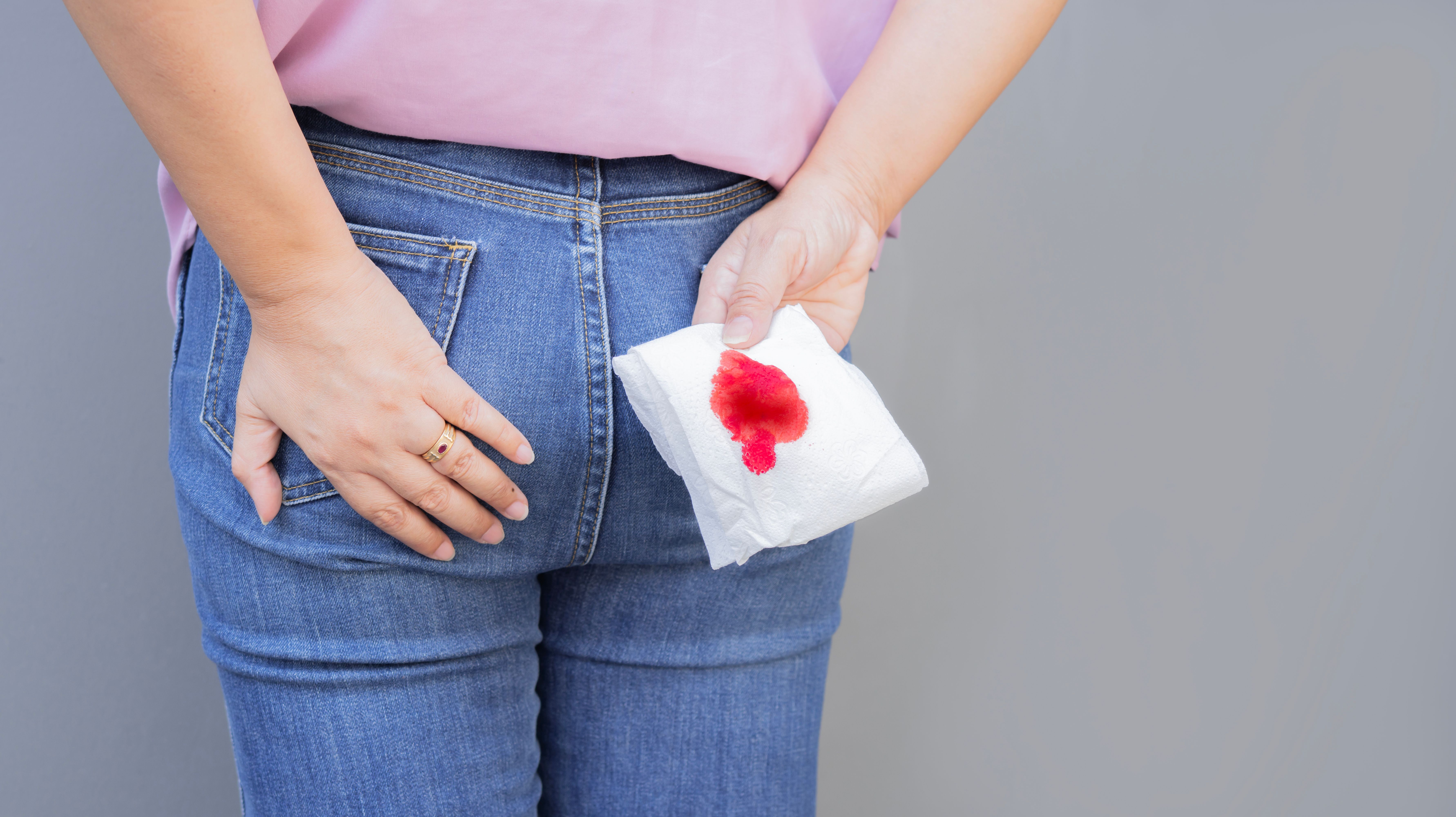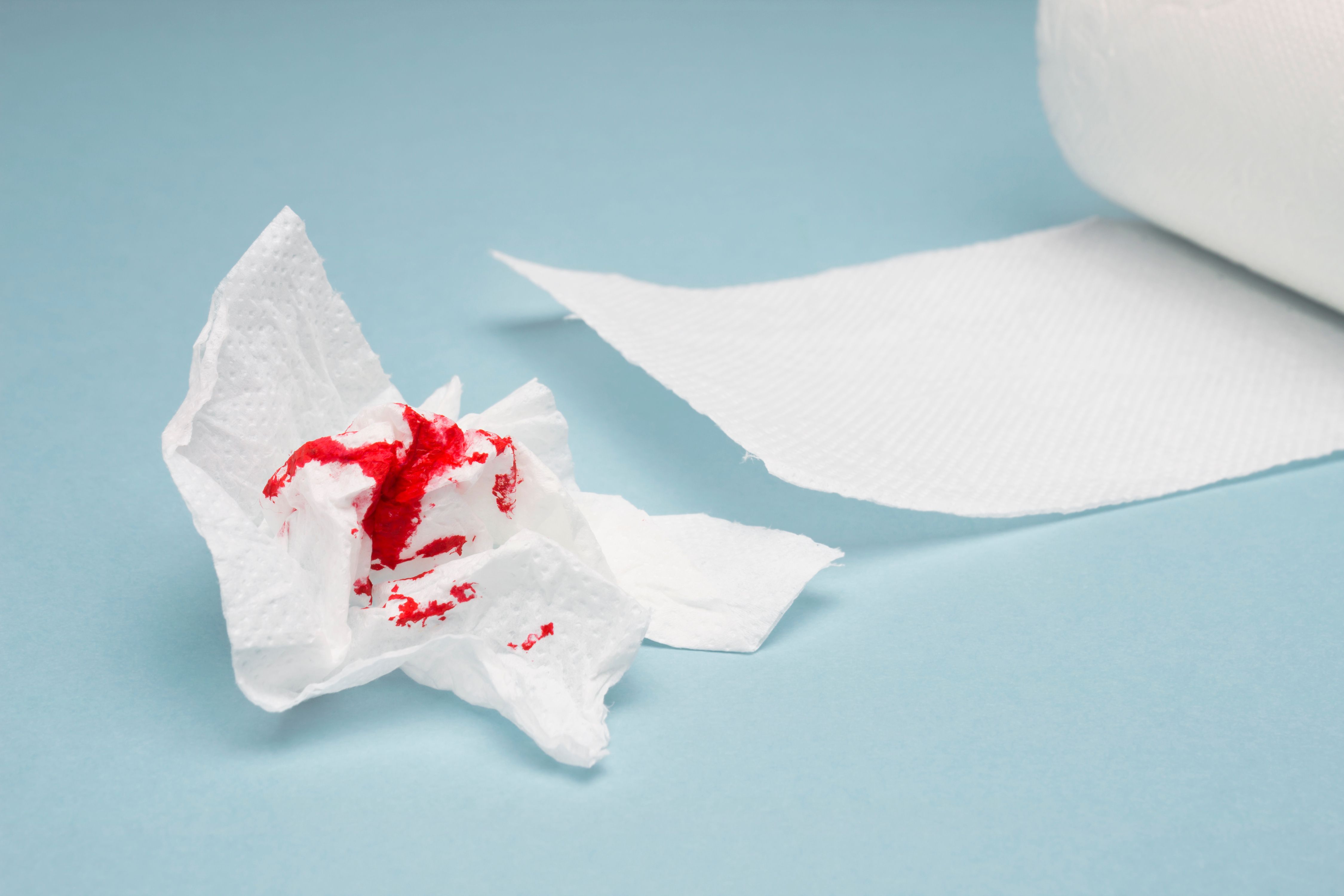Hemorrhoids
Causes of Hemorrhoids
Signs & Symptoms of Hemorrhoids
10/30/2025
Understanding Bleeding Hemorrhoids: Causes, Symptoms, and Effective Treatments
Bleeding hemorrhoids can be a source of pain, discomfort, and anxiety for many people. While hemorrhoids are common, not all of them cause bleeding. When they do, it’s often a sign of inflammation or irritation, and it should not be ignored. Fortunately, with the right knowledge and treatment—both medical and lifestyle-based—bleeding hemorrhoids can be managed effectively.
In this article, we’ll cover what causes bleeding hemorrhoids, how to identify them, and the best treatment options available, including proven medication like Diosmin + Hesperidin (Daflon® 1000).
What Are Hemorrhoids?
Hemorrhoids are swollen veins located in the lower rectum or anus, similar to varicose veins in the legs. They are classified into two main types:
- Internal hemorrhoids – Located inside the rectum, usually painless but may cause bleeding.
- External hemorrhoids – Located under the skin around the anus, can cause pain, itching, and sometimes bleeding.
Bleeding hemorrhoids are most commonly internal hemorrhoids that become irritated, especially during bowel movements.

What Causes Hemorrhoids to Bleed?
Bleeding often occurs when the surface of a hemorrhoid becomes damaged or irritated. This may happen due to:
- Straining during bowel movements
- Chronic constipation or diarrhea
- Prolonged sitting, especially on the toilet
- Heavy lifting
- Pregnancy and childbirth
- Obesity or sedentary lifestyle
The bleeding is usually bright red, visible on toilet paper or in the toilet bowl, and typically painless unless accompanied by external hemorrhoids.
Signs and Symptoms of Bleeding Hemorrhoids
Symptoms vary depending on the type and severity, but common signs include:
- Bright red blood during or after bowel movements
- Itching or irritation in the anal region
- Swelling or a lump near the anus
- Pain or discomfort, especially when sitting
- Mucus discharge
If bleeding is frequent or heavy, it’s important to see a doctor to rule out other conditions like anal fissures, polyps, or colorectal cancer.
Diagnosing Bleeding Hemorrhoids
Your healthcare provider may perform:
- A visual exam of the anal area
- A digital rectal exam
- Anoscopy to view internal hemorrhoids
- In some cases, colonoscopy if bleeding is persistent or if you're over 50

Treatment Options for Bleeding Hemorrhoids
Managing bleeding hemorrhoids focuses on reducing inflammation, promoting healing, and preventing recurrence. This may involve a combination of lifestyle changes, topical treatments, oral medications, and in severe cases, procedures.
Lifestyle Modifications
These are essential for long-term relief and prevention:
- Increase fiber intake (fruits, vegetables, whole grains)
- Drink plenty of water (8–10 glasses/day)
- Avoid straining during bowel movements
- Exercise regularly to improve circulation
- Don’t delay going to the toilet when you feel the urge
Oral Medication: Diosmin + Hesperidin (Daflon® 1000)
Diosmin + Hesperidin (Daflon® 1000) is a venoactive drug made of micronized purified flavonoid fraction (MPFF), which includes diosmin and hesperidin. It is widely used for both chronic venous disease and hemorrhoidal disease, especially when bleeding is present.
Benefits of Diosmin + Hesperidin (Daflon® 1000) in hemorrhoids:
- Strengthens vein walls, reducing their tendency to swell and bleed
- Improves microcirculation and venous tone
- Reduces inflammation, pain, and duration of bleeding
- Speeds up recovery, especially in acute flare-ups
Diosmin + Hesperidin (Daflon® 1000) is well-tolerated and effective for both internal and external hemorrhoids when combined with other therapies.

Warm Sitz Baths
Soaking the anal area in warm water for 10–15 minutes several times a day can:
- Reduce pain and swelling
- Promote blood flow and healing
- Relax the anal muscles
You can add Epsom salt or chamomile for extra soothing effects.
Minimally Invasive Procedures (for persistent cases)
If bleeding persists despite conservative treatment, your doctor may recommend:
- Rubber band ligation (cutting off blood supply to hemorrhoid)
- Sclerotherapy (injecting solution to shrink it)
- Infrared coagulation or laser therapy
- Hemorrhoidectomy (surgical removal, for severe or prolapsed hemorrhoids)
When to Seek Medical Attention
- Bleeding lasts more than a few days
- Blood is dark or mixed with stool
- You experience severe pain or swelling
- You notice a hard lump near your anus
- You have other symptoms like weight loss or changes in bowel habits

Key Takeaways
Bleeding hemorrhoids may be alarming, but they are very treatable with the right approach. Medication like Diosmin + Hesperidin (Daflon® 1000) is a safe and effective way to control symptoms, reduce bleeding, and promote healing—especially when used alongside good bowel habits and a fiber-rich diet.
If you’re experiencing discomfort or persistent symptoms, don’t suffer in silence. Talk to your healthcare provider and explore treatment options that work for you. With proper care, you can reclaim your comfort and confidence—free from pain and bleeding.
For full prescribing information, see the package insert of Diosmin + Hesperidin (Daflon® 1000).
REFERENCES
- Ramelet, A. A., et al. (2005). Daflon 500 mg in hemorrhoidal disease. Drugs.
- Misra, M. C., et al. (2013). Randomized clinical trial of micronized flavonoids for hemorrhoids. World Journal of Surgery.
- Altomare, D. F., et al. (2001). Conservative and medical treatment of hemorrhoidal disease. Colorectal Disease.
- Servier Laboratories. Daflon Prescribing Information.
2025